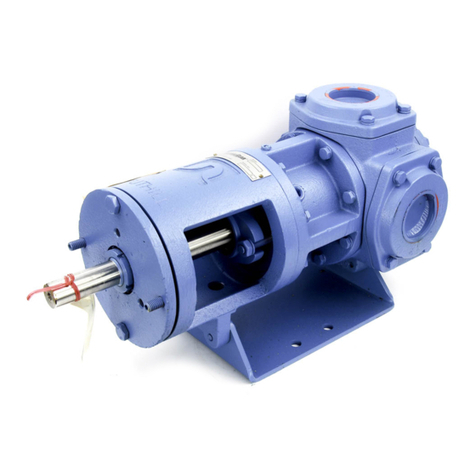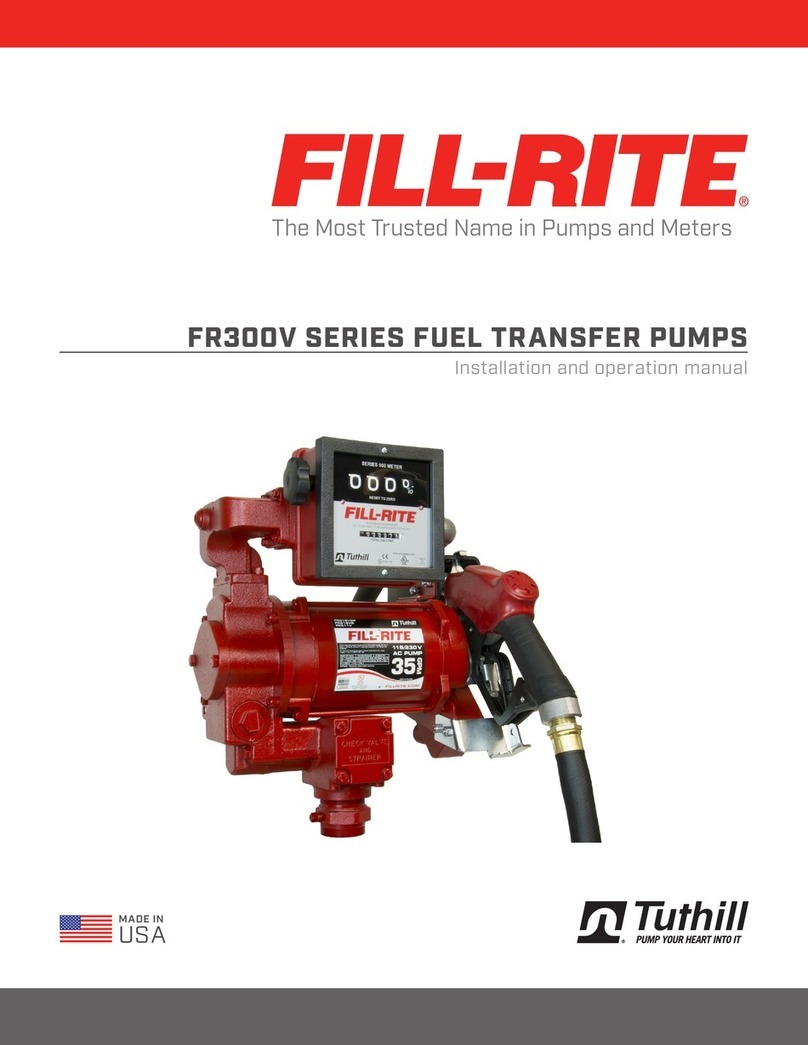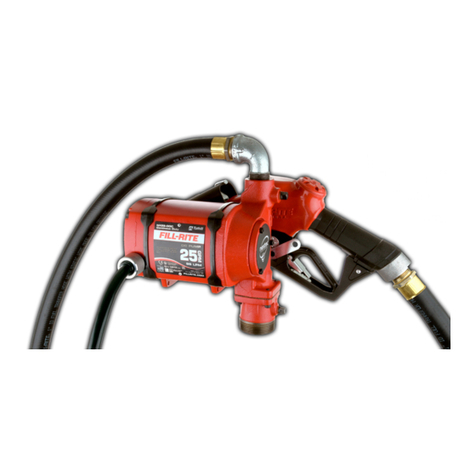Tuthill KINNEY KDH Series User manual
Other Tuthill Water Pump manuals
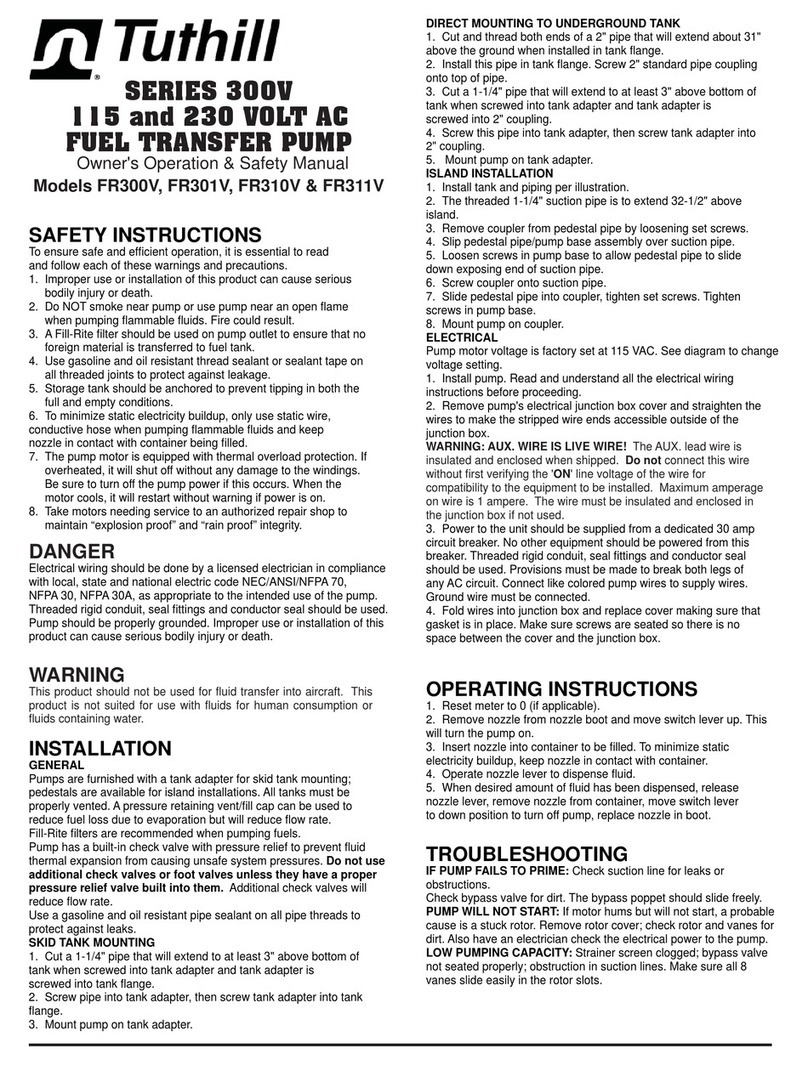
Tuthill
Tuthill FR300V Use and care manual

Tuthill
Tuthill SDV Series User manual
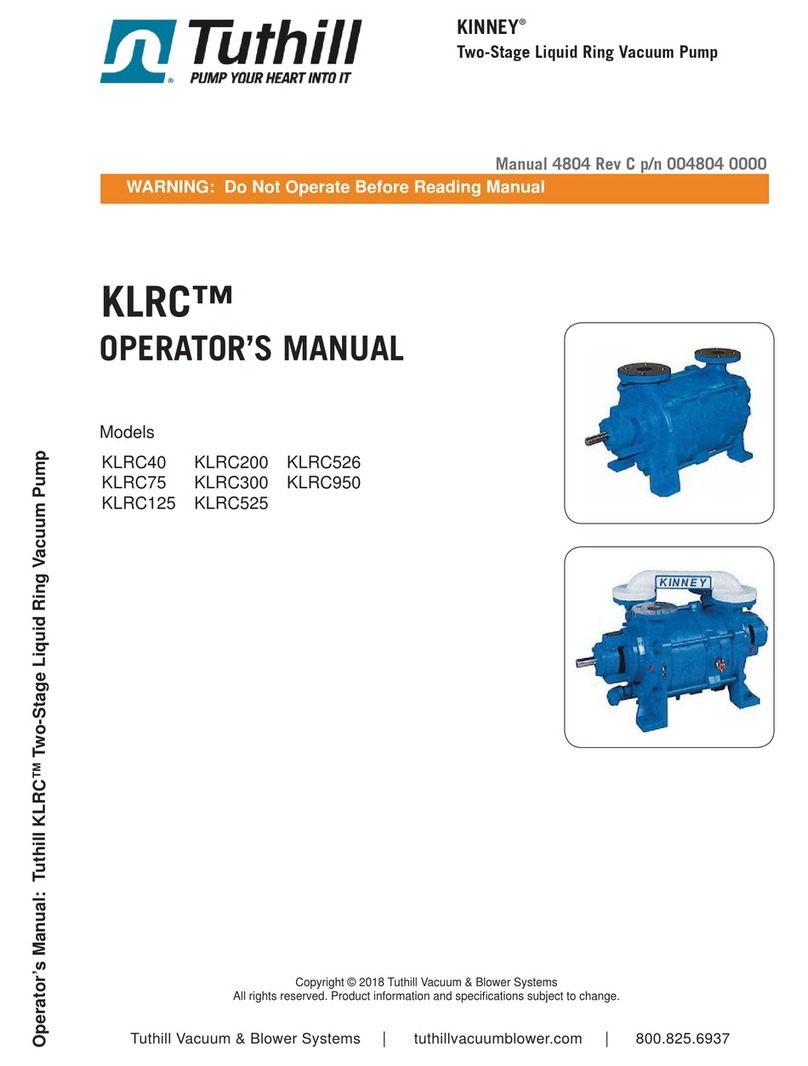
Tuthill
Tuthill KLRC40 User manual
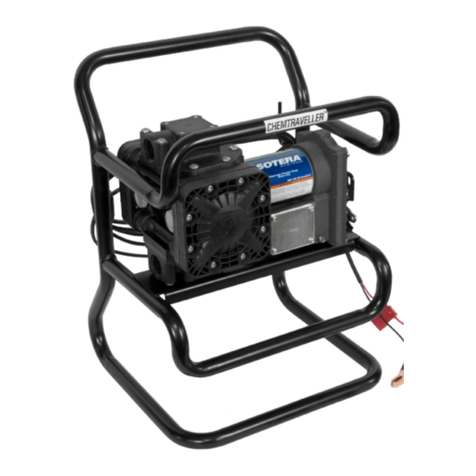
Tuthill
Tuthill SOTERA 400B Series Instructions for use

Tuthill
Tuthill T650 Instruction manual
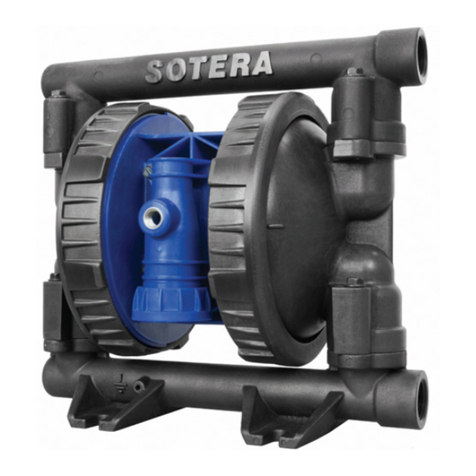
Tuthill
Tuthill SOTERA SP100-10 Series User manual
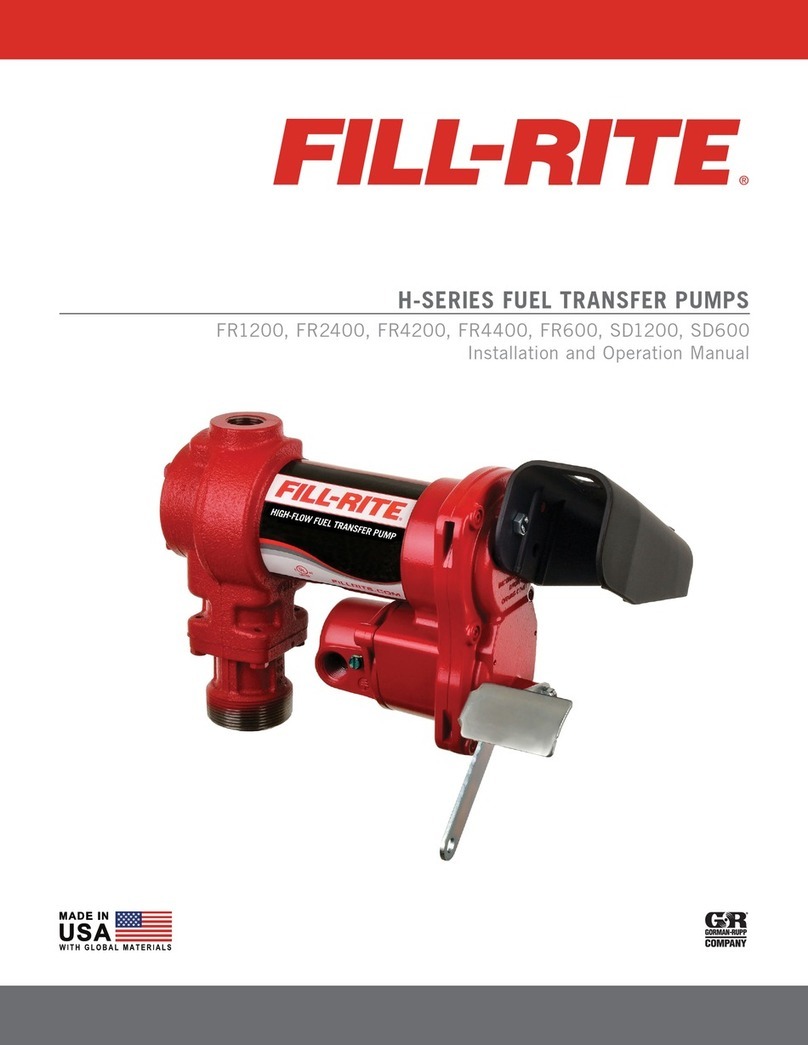
Tuthill
Tuthill H Series User manual
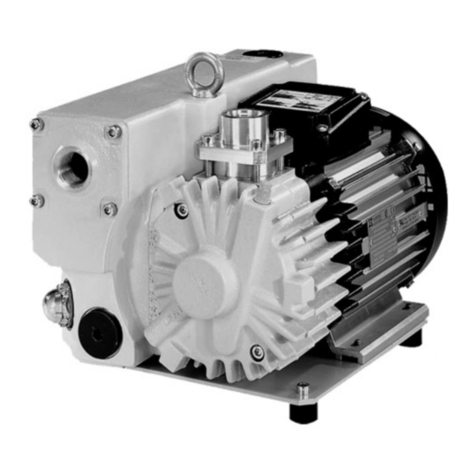
Tuthill
Tuthill KINNEY KSVB 25 Operating instructions

Tuthill
Tuthill AC Quick guide
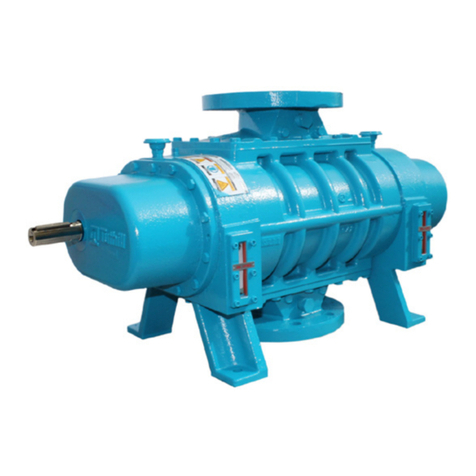
Tuthill
Tuthill M-D Pneumatics PD Plus User manual
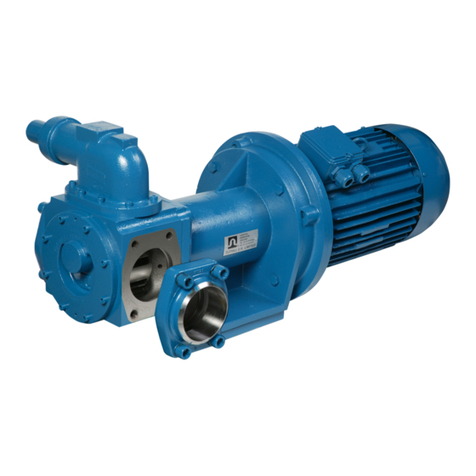
Tuthill
Tuthill 1012 Quick guide
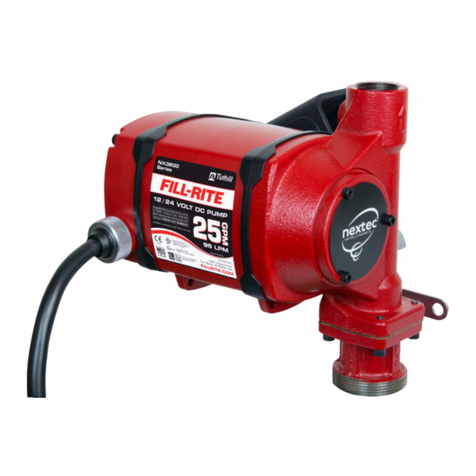
Tuthill
Tuthill Nextec Fill-Rite NX3200 Series Use and care manual
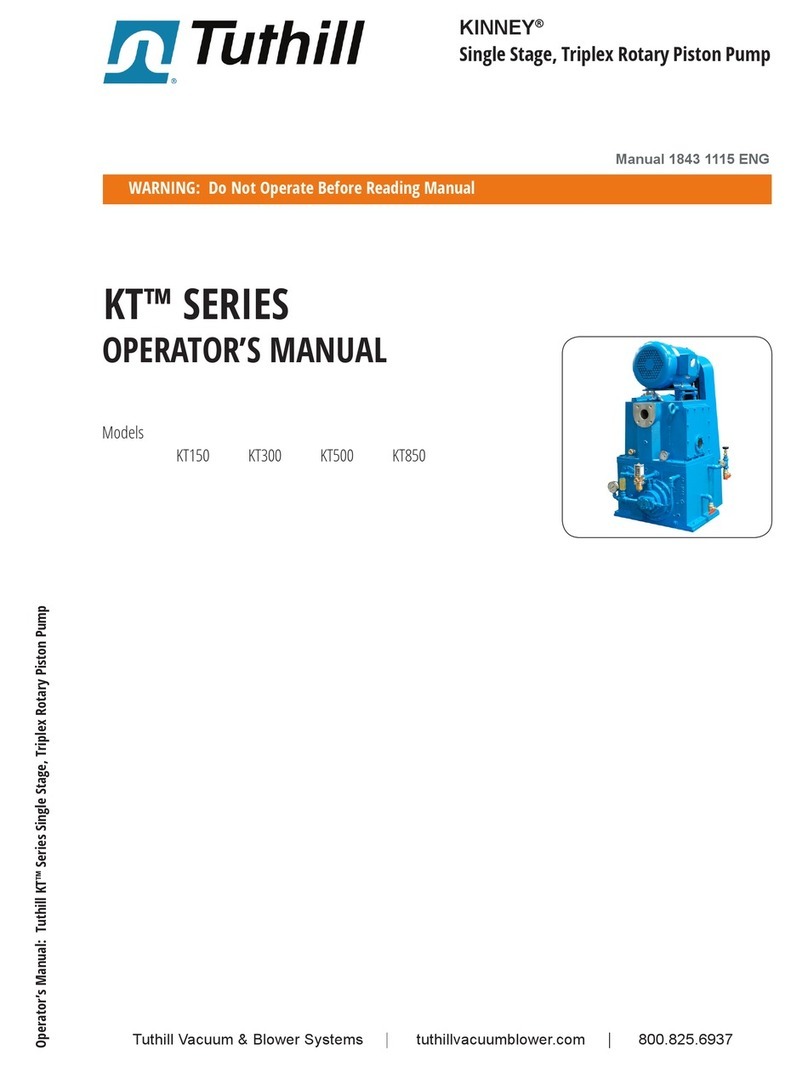
Tuthill
Tuthill KINNEY KT Series User manual
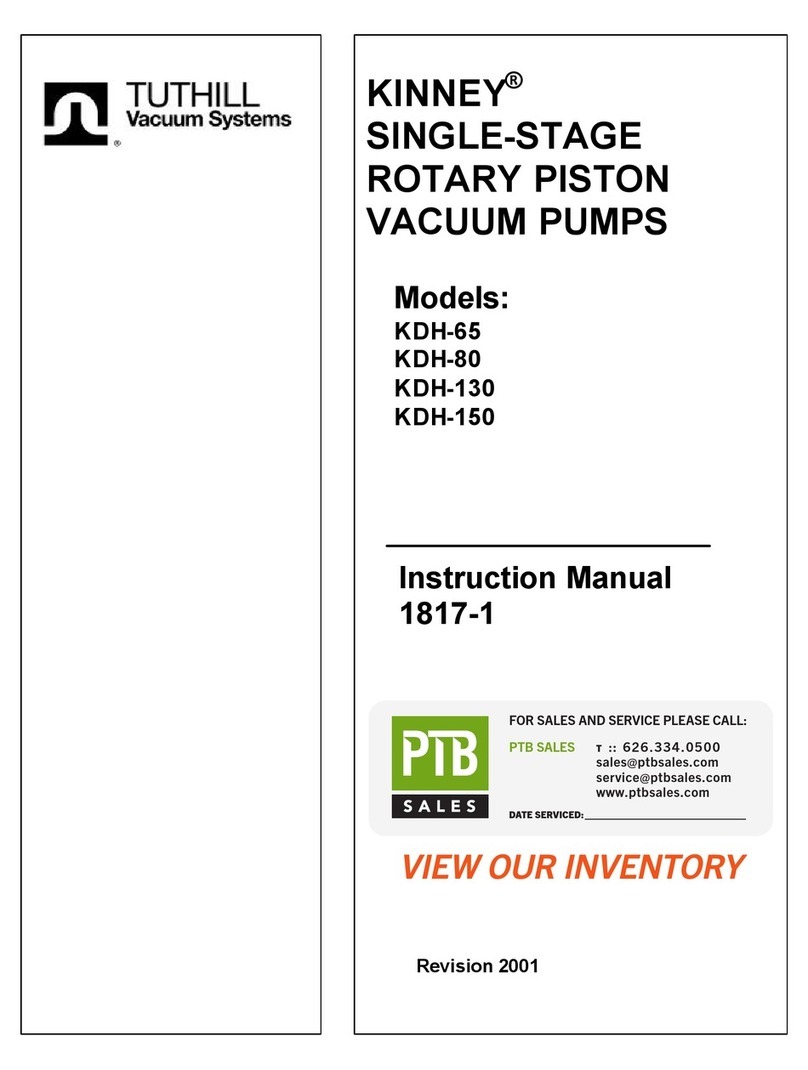
Tuthill
Tuthill KINNEY KDH-65 User manual

Tuthill
Tuthill HD Series Quick guide

Tuthill
Tuthill Nextec Fill-Rite NX3200 Series Use and care manual

Tuthill
Tuthill KVA Series User manual
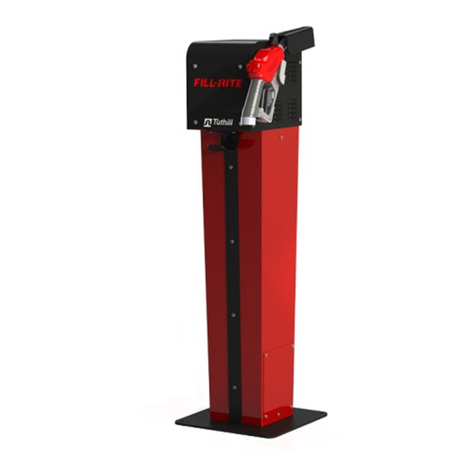
Tuthill
Tuthill Fill-Rite FR102PH Use and care manual
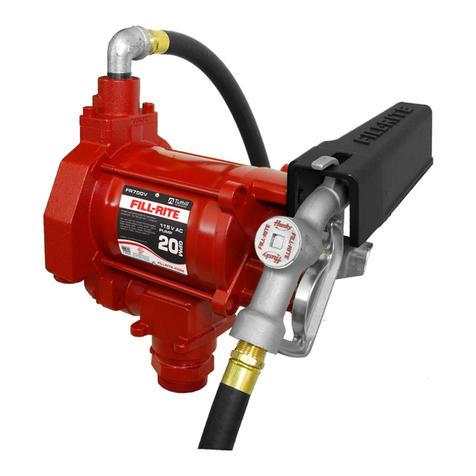
Tuthill
Tuthill FILL-RITE 700V Series Use and care manual

Tuthill
Tuthill GlobalGear GG250 Guide
Popular Water Pump manuals by other brands

Watershed Innovations
Watershed Innovations HYDRAPUMP SMART FLEX Instructional manual

Graco
Graco Modu-Flo AL-5M instructions

Messner
Messner MultiSystem MPF 3000 operating instructions

Xylem
Xylem Bell & Gossett WEHT0311M Installation, operation and maintenance instructions

WilTec
WilTec 50739 Operation manual

Franklin Electric
Franklin Electric Little Giant 555702 HRK-360S instruction sheet

Ingersoll-Rand
Ingersoll-Rand PD02P Series Operator's manual

VS
VS ZJ Series Operating instruction

Flotec
Flotec FPZS50RP owner's manual

SKF
SKF Lincoln FlowMaster II User and maintenance instructions

Xylem
Xylem Lowara LSB Series Installation, operation and maintenance instructions

Water
Water Duro Pumps DCJ500 Operating & installation instructions

Action
Action P490 Operating instructions & parts manual

Flo King
Flo King Permacore Reusable Carbon Bag Disassembly. & Cleaning Instructions

ARO
ARO ARO PD15P-X Operator's manual

Pumptec
Pumptec 112V Series Operating instructions and parts manual

Virax
Virax 262070 user manual

Neptun
Neptun NPHW 5500 operating instructions
